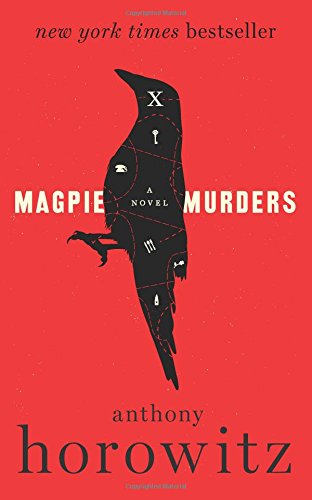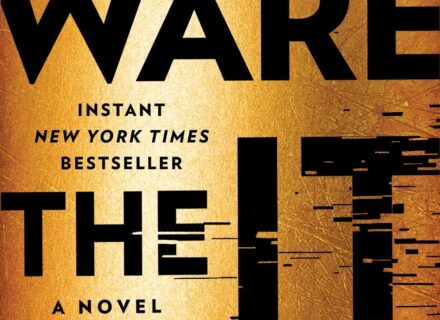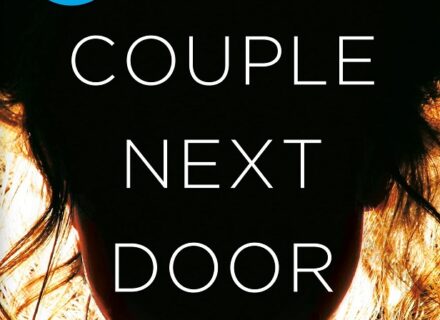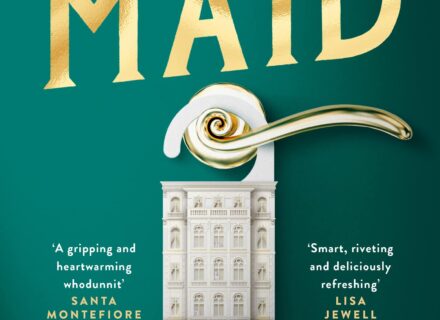About fifteen pages into this book, I started thinking about one of my favorite TV shows, Midsomer Murders. The book starts out exactly that way, introducing a network of characters, all mysteriously connected to a recent death in a quaint English village. Later, the investigating policeman ponders, “Could it really be true that one of the villagers, living in a Georgian house perhaps, going to church and playing for the local cricket team, mowing their lawn on Sunday mornings and selling home-made marmalade at the village fête, was a homicidal maniac? The answer was–yes, quite possibly” (138). This sentence is basically the formula for every episode of Midsomer, prompting every viewer ever to wonder what’s wrong with English villages? (The answer appears later in the book–on p. 56 of the frame narrative–to my pleasure–clearly the author is having fun with this). When you flip to the author description you discover that Anthony Horowitz is, in fact, the creator of Midsomer, a fact which predisposed me to like the book.
Other than the moment when the incredibly precise and careful detective character Atticus Pünd utters an annoying redundancy, “No Mr. Osbourne, it means the exact opposite” (221), there is much to love about this book. First, it’s got a nested form. There’s a frame novel, the heroine of which is a literary editor, and there’s the mystery novel that she’s reading prior to its publication. It’s two novels in one, the first firmly nested in the second, and each demarcated by separate pagination (I love the attention to details with the form). That makes the whole book over 400 pages long, and it’s a page turner–both stories, I should say, are page turners. Both novels are networked murder mysteries, and both are deeply allusive to the genre and its greatest hits and most famous (mostly British) authors.
Then there are some fairly quotable truisms (if you don’t think too deeply about them), like when the editor-protagonist of the frame narrative says, “I’m not sure it actually matters what we read. Our lives continue along the straight lines that have been set out for us. Fiction merely allows us a glimpse of the alternative. Maybe that’s one of the reasons we enjoy it” (3). Don’t think too much about the teleological implications about this; rather, consider the pleasures of speculation that fiction affords via alternative realities.
Detective Pünd is writing an omnibus entitled The Landscape of Criminal Investigation, but he’s doomed not to complete it (he’s diagnosed with a fatal disease early in the story). This detail, for me of course, evokes Mr. Casaubon’s Key to All Mythologies, except Pünd is a more likable character than that pompous ass, of course. According to the story, “There was a chapter in The Landscape of Criminal Investigation where he had expressed the belief that everything in life had a pattern and that a coincidence was simply the moment when that pattern became briefly visible” (82). I liked that idea.
Then, as I mentioned above, there’s a lot of reflection on the genre of the murder mystery in the book. The editor-protagonist at one point muses, “It’s strange when you think about it. There are hundreds and hundreds of murders in books and television. It would be hard for narrative fiction to survive without them. And yet there are almost none in real life, unless you happen to live in the wrong area. Why is it that we have such a need for murder mystery and what is it that attracts us–the crime or the solution? Do we have some primal need of bloodshed because our own lives are so safe, so comfortable?” (70). Literary critics have asked similar questions of the horror genre–I used to teach a class that was entirely vampire fictions in which I encouraged the class to consider the different cultural needs that different vampire figures fulfilled at different times.



